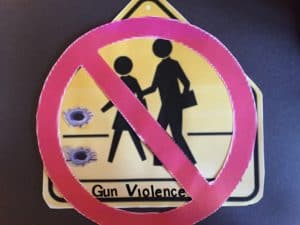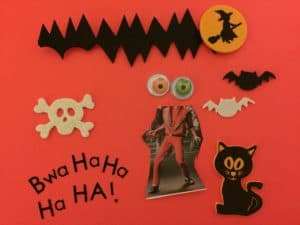Facing Fears: Fighting Back Against School Shootings
On a spring day in 1999, students filed into Columbine High School in Littleton, Colorado for their early morning classes. For most of them, it started off as just another ordinary Tuesday with the usual classes, tests, and kibitzing with friends. But as the first shift of teenagers prepared for lunch, two fellow students walked into the school and began shooting. For 49 minutes, students hid under their tables and desks watching and listening as the shooters walked up and down the rows, randomly picking off fellow students one by one. 12 students and one teacher died that day. 21 others were injured.
Fast forward to a raw day in January 2013. 15-year-old Hadiya Pendleton and a few friends had just finished their mid-year exams and were trading gossip in a Chicago park near their high school when gang members approached and began shooting. As the girls fled, Hadiya was shot in the back and killed.
School shootings have come to seem painfully commonplace. Some are one-time killing sprees launched by loners; others are part of a larger pattern of killing by gangs. Either way, when students across the country slide on their backpacks and walk out their front doors every weekday morning, they know that, though unlikely, their school’s number could be up next.
It’s enough to paralyze even the best of us. So I am heartened that students are facing their fear and taking action.
Rachel’s Challenge
Rachel’s Challenge, named after the first student killed in the Columbine massacre, has built a movement based on Rachel’s belief (that she had written about shortly before her death) in small acts of kindness that can inspire a chain reaction. Exactly. She had it just right.
Rachel’s Challenge sends staff into schools around the country to de-escalate a wide range of school violence – not just school shootings but also bullying, discrimination and teen suicide. They have reached over 21 million people around the world, and have prevented at least eight school shootings and over 500 suicides. Check out videos interviews on their website: http://rachelschallenge.org. It’s interesting to me that kids particularly respond to this program as coming from one of their peers. It reminds me that kid-to-kid community-building is powerful.
Project Orange Tree
I have the same takeaway from another group called Project Orange Tree started by Hadiya Pendleton’s classmates after her death. They, too, felt that they had to do something. So they started Project Orange Tree named after the orange vests that hunters wear to make them visible and keep them from getting shot. And they inspired adults. This past June, the “Wear Orange” campaign brought together 50 anti-gun violence groups with Congressmen, mayors and community members of all ages to raise awareness and discussion.
You can learn more about the 2015 national day inspired by the student movement at wearorange.org. If you want to get involved, check out Hadiya’s Promise (hadiyaspromise.org).
You can get involved in Rachel’s Challenge or pass this along to someone you know (check it out at http://rachelschallenge.org).
Share your own inspiring stories about student-led movements to combat violence.
And…Happy Halloween!



